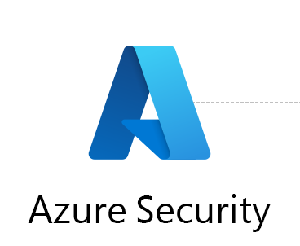Azure Container Registry (ACR) supports several authentication methods to securely access container images. Here are the authentication methods supported by ACR:
- Azure Active Directory (Azure AD) – This method uses Azure AD to authenticate users and applications that access ACR. It enables administrators to manage access to ACR using Azure AD groups, roles, and policies. This authentication method is recommended for organizations that use Azure AD for identity management.
- Service Principal – This method uses a service principal object to authenticate applications that access ACR. Service principals provide a way to authenticate and authorize access to Azure resources without the need for user credentials. This method is useful for automation scenarios, such as CI/CD pipelines.
- Managed Identities – This method enables Azure services to authenticate and access ACR using managed identities. Managed identities provide an automatic way to authenticate Azure services without the need to manage credentials or secrets.
- Basic – This method uses a username and password to authenticate users that access ACR. This authentication method is not recommended for production scenarios due to the security risks associated with using static passwords.
- Token – This method uses an access token to authenticate users or applications that access ACR. Access tokens are temporary tokens that provide access to a specific set of resources for a limited time. This authentication method is useful for scenarios where users or applications need to authenticate programmatically.
Each authentication method has its own set of benefits and use cases. It’s recommended to choose the authentication method that best fits your scenario and security requirements.
